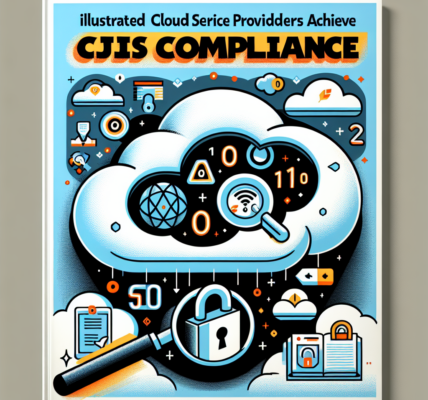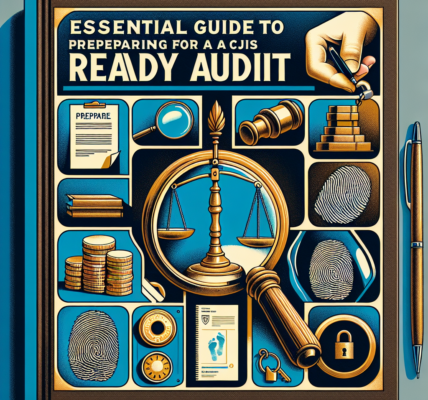In an era where cyber threats loom at every corner, understanding CJIS Ready network security protocols is not just beneficial—it’s essential. Law enforcement agencies handle a treasure trove of sensitive information, making them prime targets for cybercriminals. The stakes couldn’t be higher: a breach could lead to compromised investigations, jeopardized lives, and significant legal ramifications. This guide is designed to illuminate the intricacies of these protocols, providing you with the knowledge to safeguard your network against potential threats while ensuring compliance with the Criminal Justice Information Services (CJIS) Security Policy.
Key Components of CJIS Ready Network Security Protocols
To navigate the complex landscape of CJIS Ready network security protocols, one must first grasp the foundational elements that comprise these safeguards. At the heart of these protocols lies encryption, which is essential for protecting sensitive data both in transit and at rest. Advanced encryption standards (AES), commonly used within CJIS frameworks, ensure that unauthorized users cannot access information, even if they intercept data packets during transmission.
Another critical component is user authentication and access control. Multi-factor authentication (MFA) has emerged as a game-changer in refining user access and ensuring that only authorized personnel can access sensitive data. This technique combines something the user knows (a password) with something they have (a mobile device), significantly reducing the chances of unauthorized access. The implementation of strict role-based access controls (RBAC) further bolsters security by restricting data access according to the user’s role within the organization.
Network segmentation is also vital in achieving CJIS compliance. By dividing the network into smaller, isolated segments, organizations can limit exposure to security breaches. This tactic not only minimizes the attack surface but also allows for more effective monitoring and incident response. Implementing these key components is foundational for any organization striving to maintain CJIS compliance while protecting sensitive criminal justice information.
Implementing Best Practices for CJIS Security Compliance
Achieving compliance with CJIS security mandates requires organizations to adopt a robust set of practices that go beyond mere technical implementations. Regular employee training on security awareness is paramount. Ensuring that all staff members understand their role in the security process, including recognizing phishing attempts and adhering to password policies, can significantly mitigate human error, which is often the weakest link in security chains.
Regular audits and assessments are another crucial aspect of maintaining CJIS compliance. Conducting routine security assessments helps identify vulnerabilities within the network, allowing organizations to proactively address potential threats. Utilizing advanced security information and event management (SIEM) systems to monitor network activities in real-time can provide invaluable insights into any suspicious behavior, enabling swift action before breaches escalate.
Finally, establishing a comprehensive incident response plan is essential for organizations to prepare for potential security breaches. This plan should outline clear protocols for identifying, responding to, and recovering from incidents while ensuring that all stakeholders understand their roles in the process. An effective incident response strategy not only mitigates the impact of a breach but also reinforces an organization’s commitment to safeguarding sensitive information, thereby enhancing trust with the community and stakeholders alike.
Navigating the intricacies of CJIS Ready network security protocols is not just about compliance; it is about fostering a culture of security that prioritizes the protection of sensitive data within law enforcement agencies. By understanding the foundational elements, implementing best practices, and committing to continuous improvement, organizations can safeguard their networks against emerging threats. The stakes are high, and the responsibility lies with you. Dive deeper into these protocols, assess your current security posture, and take the necessary steps to enhance your organization’s defenses today. Together, we can build a safer environment for all while ensuring that critical information remains secure.




